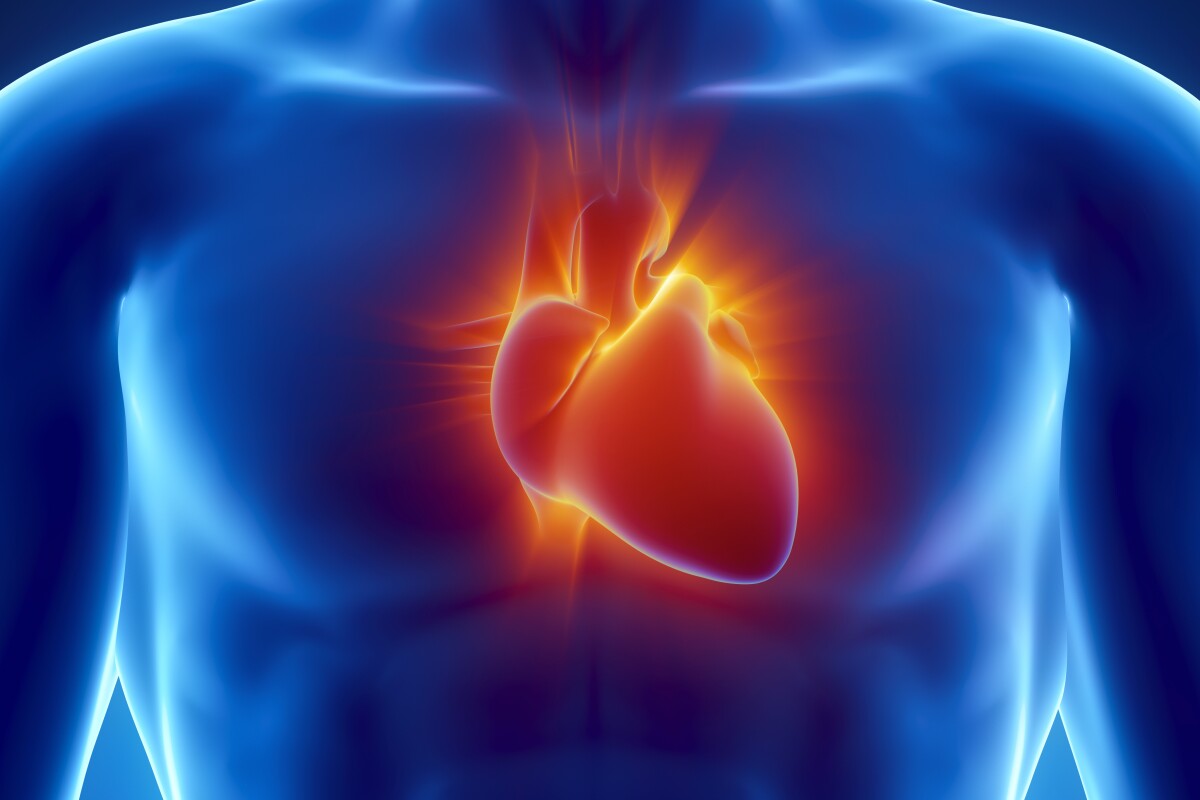
This really matters folks. Our heart can heal after a major event, but scaring lowers the potential of that healing.
As an example, my own event which was the widowmaker and twenty minutes with no heartbeat on CPR. This reduced my expulsion fraction down to 30% or border line heart failure. Years of recovery and we retested and my expulsion fraction had recovered to 50 % which is slightly under the normal range. My point is that no scaring would likely have taken me back to full normal and that is possible for all victims who have avoided brain damage.
For the record, CPR can get a victim safely to the operating room because it sloshes the blood back and forth preventing oxygen stagnation. We have seen a mechanical CPR recover a chap with no heart beat lasting three hours. Thus best practise is to call 911 and then apply CPR until relieved. This is difficult of course, but blowing air into the lungs is also unnecessary when the heart is not beating.
Protein injection gets heart scar tissue working again
By Ben Coxworth
January 13, 2023
https://newatlas.com/medical/tropoelastin-injection-heart-scar-tissue/?
Tropoelastin injections have been shown to cause cardiac scar tissue to function like undamaged cardiac tissue
When someone suffers a heart attack, their heart is left permanently scarred and thus less capable of pumping blood. According to a new study, however, a protein injection could help undo such damage.
The problem with scar tissue on the heart is the fact that, unlike regular cardiac muscle tissue, it can't expand and contract.
This means that the heart as a whole likewise can't expand and contract to the extent that it did previously. Additionally, the remaining undamaged cardiac tissue has to work harder than before, leading to an increased risk of heart failure, arrhythmia and other complications.
Led by the University of Sydney's Dr. Robert Hume, an international team of researchers recently set about getting the damaged parts of the heart beating normally again. They looked to a protein precursor called tropoelastin, which occurs naturally in our bodies. It produces elastin, a protein which gives certain tissues their stretchy, elastic qualities.
For the study, the scientists injected purified tropoelastin directly into heart walls of rats, four days after the rodents had experienced a heart attack. This task was accomplished via a new technique wherein a needle is precisely guided by ultrasound – it's reportedly much less invasive than conventional techniques.
Twenty-eight days after the injections, the scars on the rats' hearts were found to have become smaller, softer and more elastic, to the point that the tissue exhibited "muscle function similar to before the heart attack." Additionally, in petri dish experiments, tropoelastin treatment was found to cause human cardiac fibroblasts – which are cells that maintain the structure of the heart – to produce elastin.
"What we have found is highly encouraging," said U Sydney's Assoc. Prof. James Chong, senior author of a paper on the study. "We hope to continue developing the method so it can eventually be used in a clinical setting and used to treat and improve the lives of the millions of heart failure patients worldwide."
The paper was recently published in the journal Circulation Research.
No comments:
Post a Comment